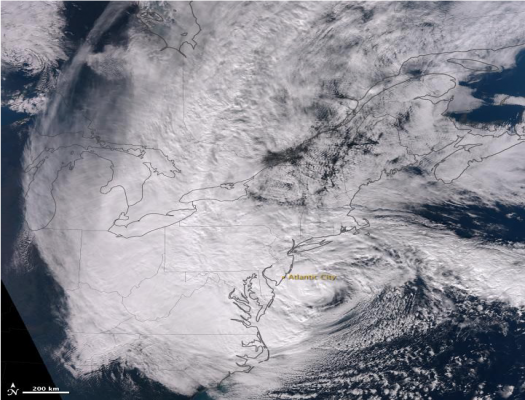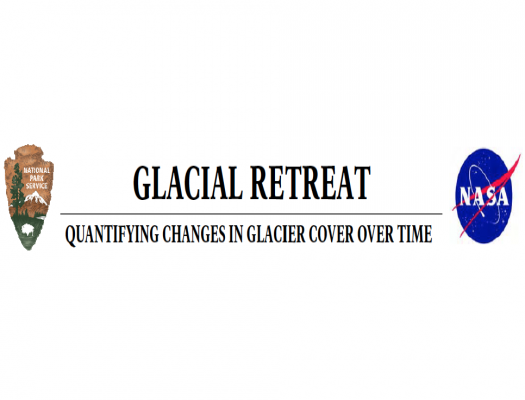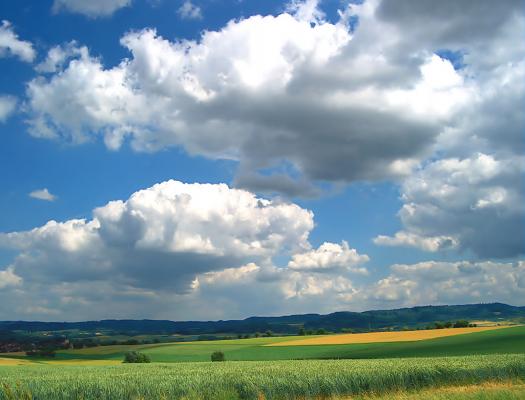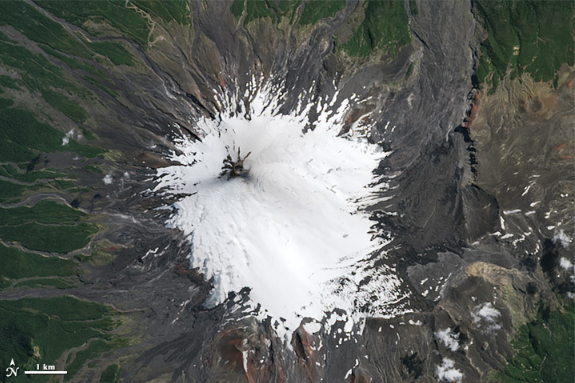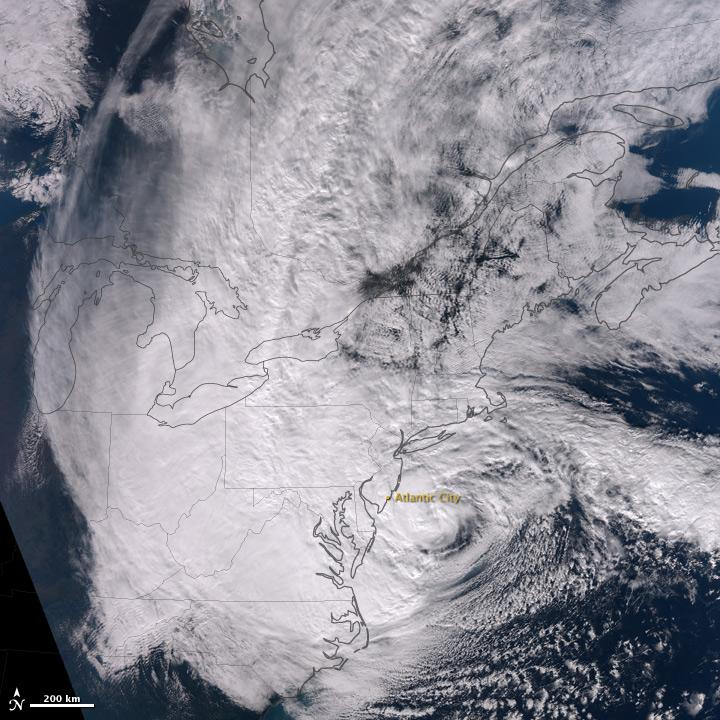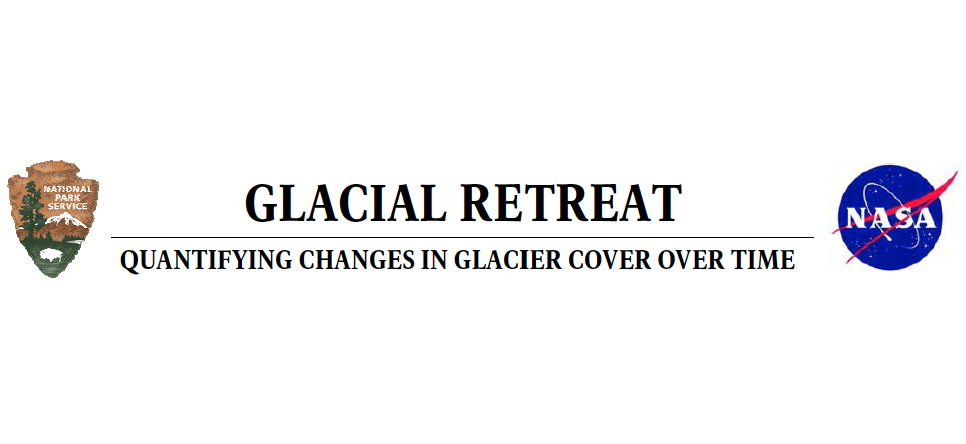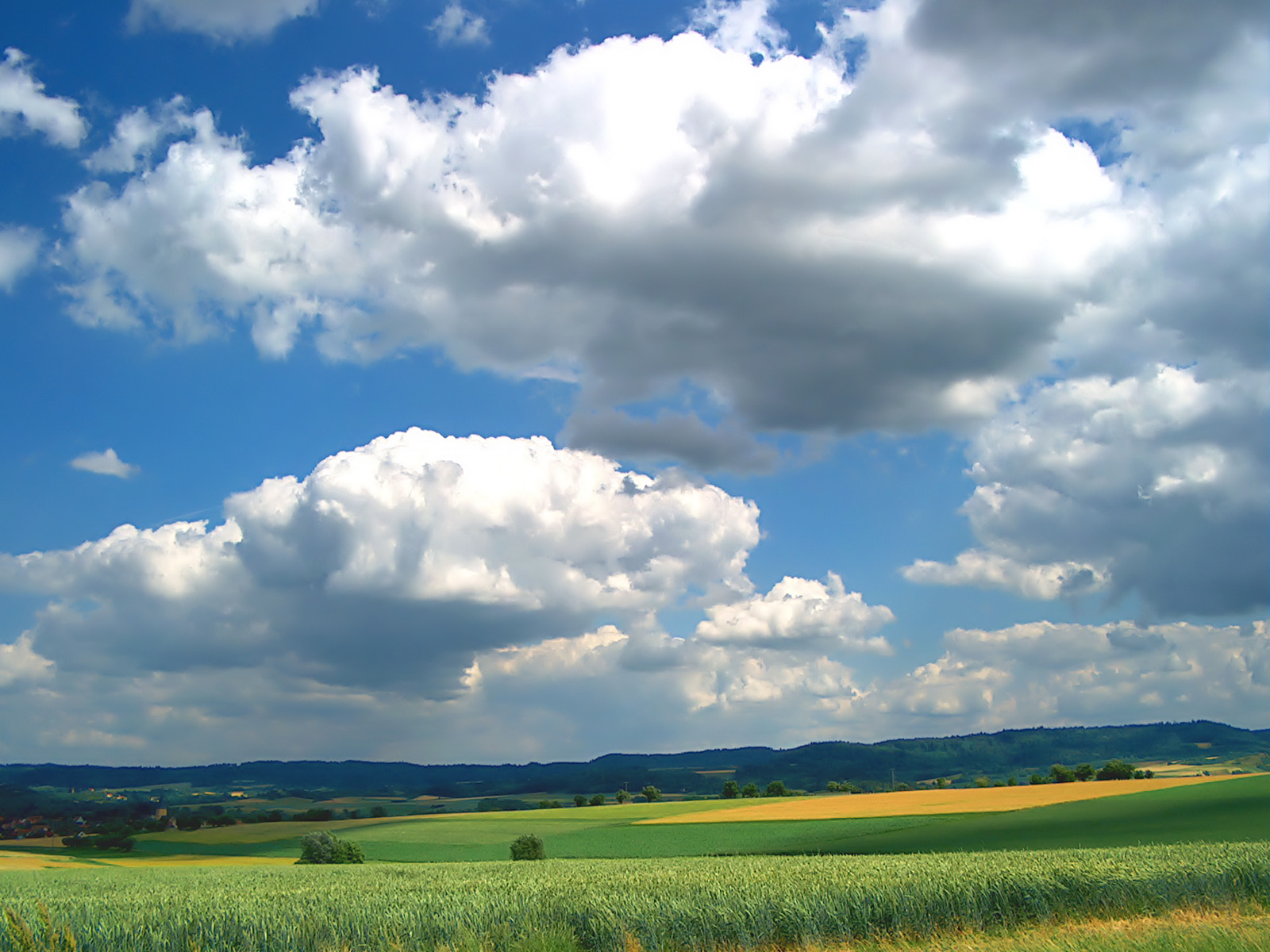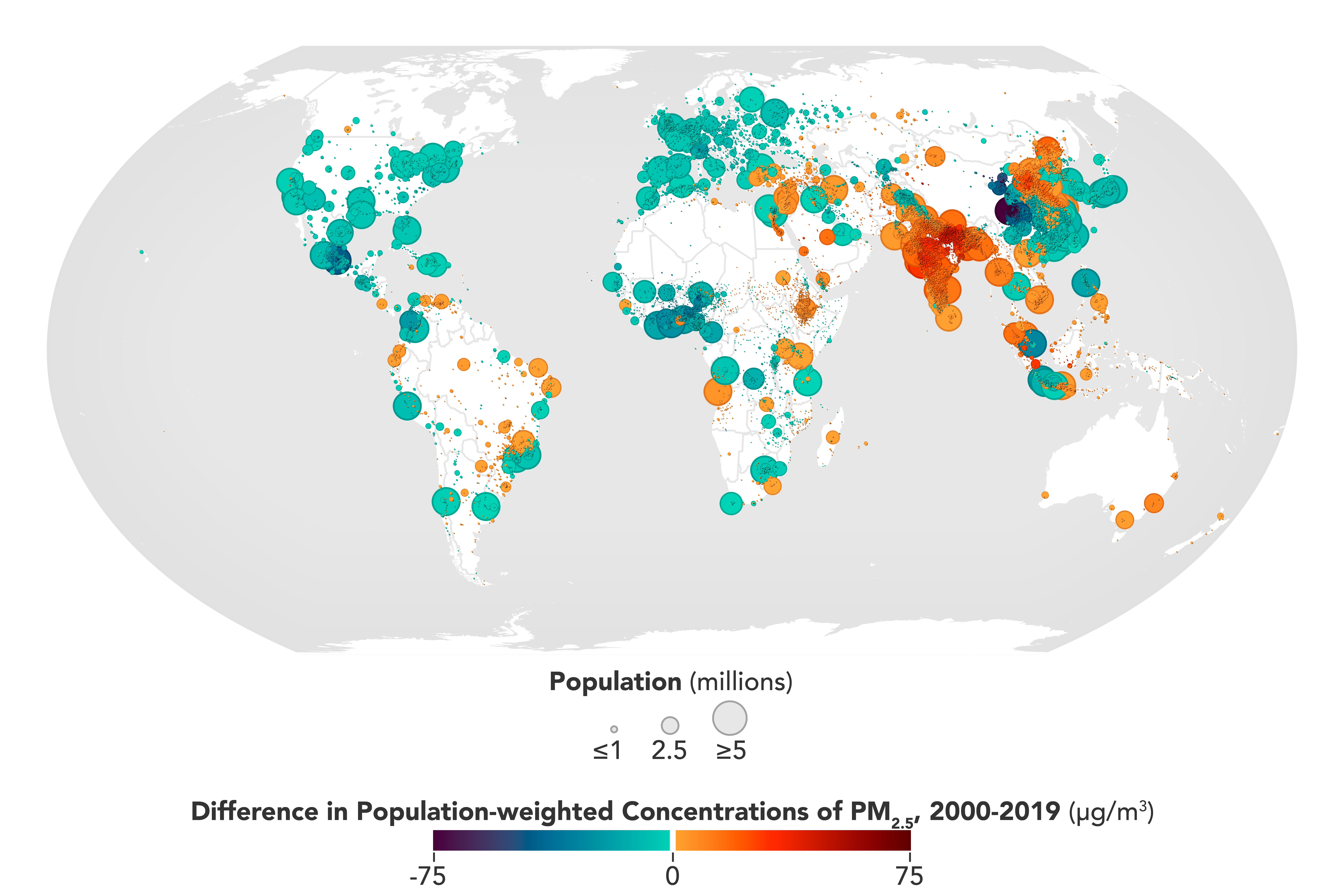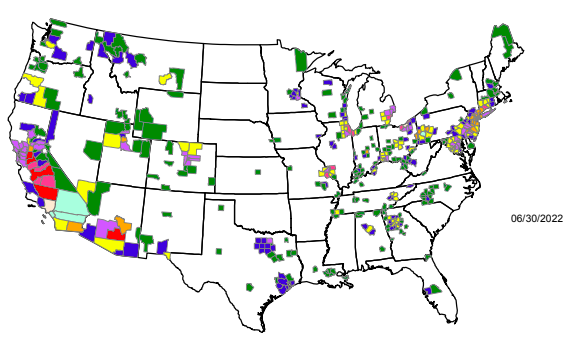The Earth's system is characterized by the interaction of processes that take place on molecular (very small) and planetary (very large) spatial scales, as well as on short and long time scales. Before scientists may begin their work with these data, it is important that they understand what the data are.
>> Read More >>
Just one moment,
loading Earth as a System...
Featured Lesson Plans
-
-
-
-
-
-
Grade Level: 6-8
Students use scale to determine the area of volcanic deposits following the March 3, 2015 eruption of Chile's Mount Villarrica stratovolcano, one of the country's most active volcanoes.
Grade Level: 6-8
Students investigate the effects of Hurricane Sandy and make a scale model of the storm over the continental United States to assess the area of impact.
Grade Level: 3-5, 6-8, 9-12
In this activity, students use satellite images from the NASA Landsat team to quantify changes in glacier cover over time from 1986 to 2018.
Grade Level: 6-8, 9-12
Students will analyze and interpret maps of the average net atmospheric radiation to compare the flow of energy from the Sun toward Earth in different months and for cloudy versus clear days. Students will draw conclusions and support them with evidence.
Grade Level: 9-12
Students will engage in a “Zoom In Inquiry” learning routine to understand the symbols on a world map that shows population-weighted concentrations of PM2.5. They will reflect on how their perception of the image changed as they saw more of the image.
Grade Level: 9-12
Students will engage in a “Zoom In Inquiry” learning routine to understand a world map that shows changes in PM2.5-attributable mortality per 100,000 population (Bondie, 2013).
Previous
Next
Grade Level: 6-8
Students use scale to determine the area of volcanic deposits following the March 3, 2015 eruption of Chile's Mount Villarrica stratovolcano, one of the country's most active volcanoes.
Grade Level: 6-8
Students investigate the effects of Hurricane Sandy and make a scale model of the storm over the continental United States to assess the area of impact.
Grade Level: 3-5,
6-8,
9-12
In this activity, students use satellite images from the NASA Landsat team to quantify changes in glacier cover over time from 1986 to 2018.
Grade Level: 6-8,
9-12
Students will analyze and interpret maps of the average net atmospheric radiation to compare the flow of energy from the Sun toward Earth in different months and for cloudy versus clear days. Students will draw conclusions and support them with evidence.
Grade Level: 9-12
Students will engage in a “Zoom In Inquiry” learning routine to understand the symbols on a world map that shows population-weighted concentrations of PM2.5. They will reflect on how their perception of the image changed as they saw more of the image.
Grade Level: 9-12
Students will engage in a “Zoom In Inquiry” learning routine to understand a world map that shows changes in PM2.5-attributable mortality per 100,000 population (Bondie, 2013).
Scale, Proportion, and Quantity landing page. Explore maps, graphs, data, and related education resources. These resources include lesson plans, mini lessons, activities, and datasets for teachers and students.


